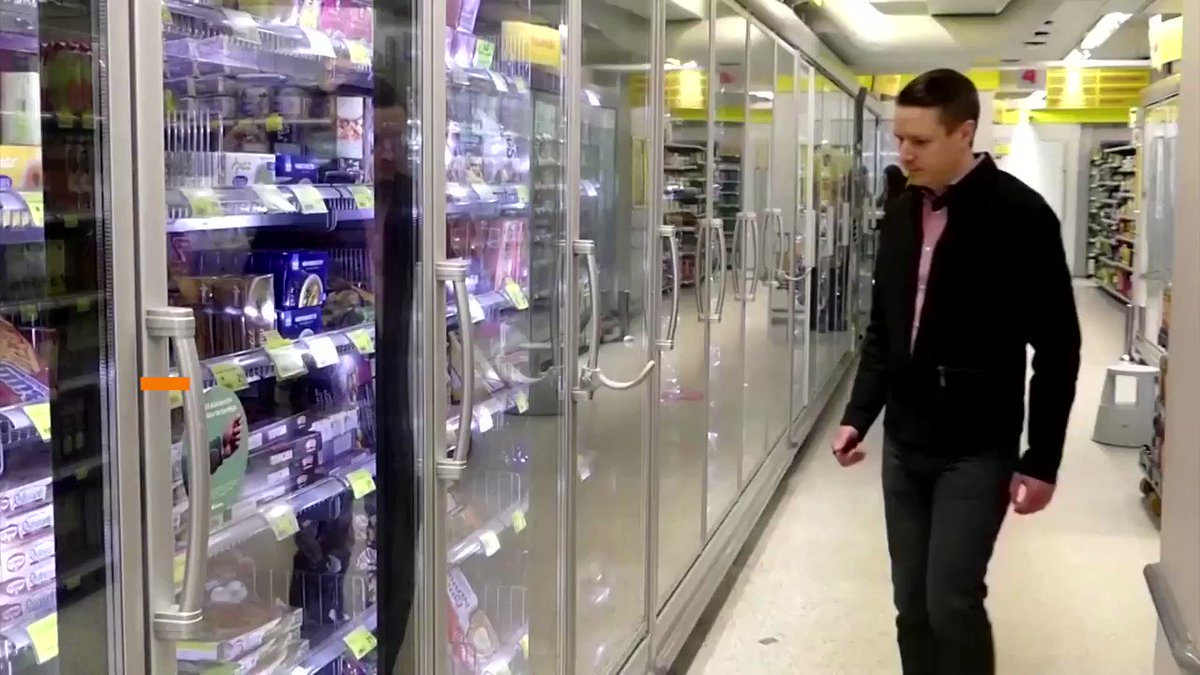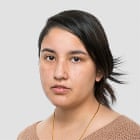China coronavirus cases might have been four times official figure, says study
More than 232,000 people might have been infected in the first wave of Covid-19 in mainland China, four times the official figures, according to a study by Hong Kong researchers.
Mainland China reported more than 55,000 cases as of 20 February but, according to research by academics at Hong Kong University’s school of public health published in the Lancet, the true number would have been far greater if the definition of a Covid-19 case that was later used had been applied from the outset.
China has now reported more than 83,000 cases. Globally, the death toll from the coronavirus has exceeded 183,000, with the number of cases worldwide standing at more than 2.6 million.
China’s national health commission issued seven versions of a case definition for Covid-19 between 15 January and 3 March, and the study found these changes had a “substantial effect” on how many infections which were detected as cases.
It comes as China’s ambassador to the US called for “a serious rethink of the foundations” of the two countries’ relationship, while also criticising US politicians for ignoring scientists and making “groundless” accusations.
As the coronavirus lockdown continues, many of us holed up at home with family will be wondering how much more of it we can take. But what is it like if you have 11 kids or live with your extended family? We asked some of Britain’s biggest families how they are coping.
Here’s the full story on the Australian billionaire who was allowed to self isolate at home, despite the Australian government having ordered 11 days earlier that everyone arriving from overseas would be held in a hotel or other accommodation for a period of supervised quarantine
Australian media mogul Kerry Stokes and his wife were allowed to avoid mandatory hotel quarantine on medical grounds when they arrived in the state of Western Australia by private jet two weeks ago, and instead spent 14 days holed up in their Perth mansion.
Stokes is one of the richest and most powerful men in Australia, with interests in mining, construction and media, and an estimated net worth of US$2.4bn.
The exemption was granted despite the couple having been in the Colorado ski fields at the time of a coronavirus outbreak in luxury ski resort villages in mid-March.
On the same day the Stokeses landed, authorities in WA launched an inquiry into how a 71-year-old man in mandatory hotel quarantine with his wife ended up in intensive care in a coma after waiting nine hours for a response to his wife’s request for medical assistance.
Hydroxychloroquine and coronavirus: a guide to the scientific studies so far
With endorsements from a controversial French physician, Fox News, and Donald Trump, hydroxychloroquine – an old anti-malarial drug that is today more commonly used to treat lupus – has received a disproportionate amount of attention as a potential treatment for Covid-19.
The limited evidence around hydroxychloroquine so far has come in a steady stream of scientific studies, often as soon as they are posted online as “preprints” – ie before they have gone through the rigorous vetting process known as peer review. None of the studies that have been released meet the gold standard for demonstrating a drug’s effectiveness – a large-scale, double-blinded randomized controlled trial (RCT), though multiple trials of that kind are under way.
While the world awaits those results, here’s a guide to some of the studies released thus far:
Updated















